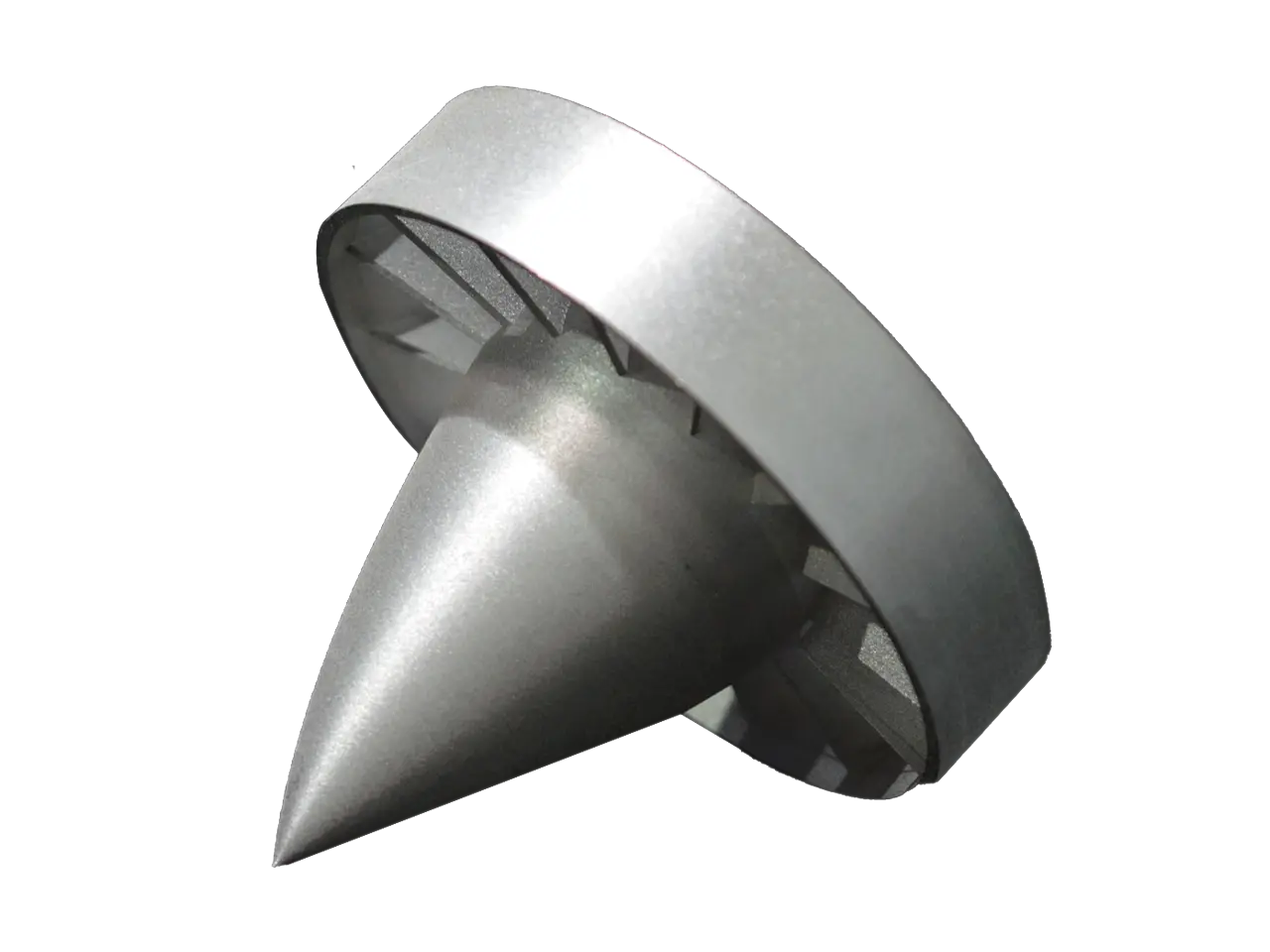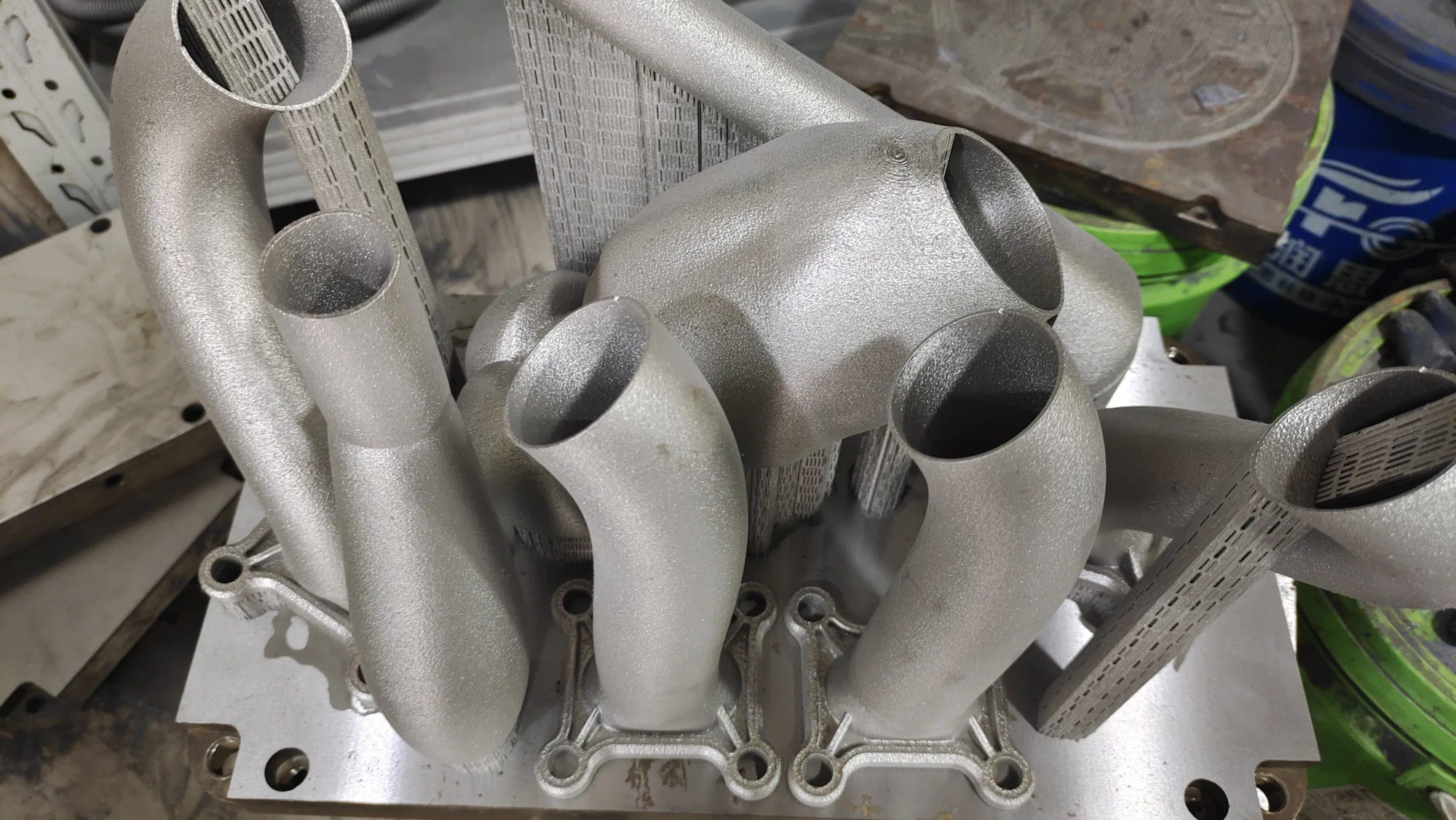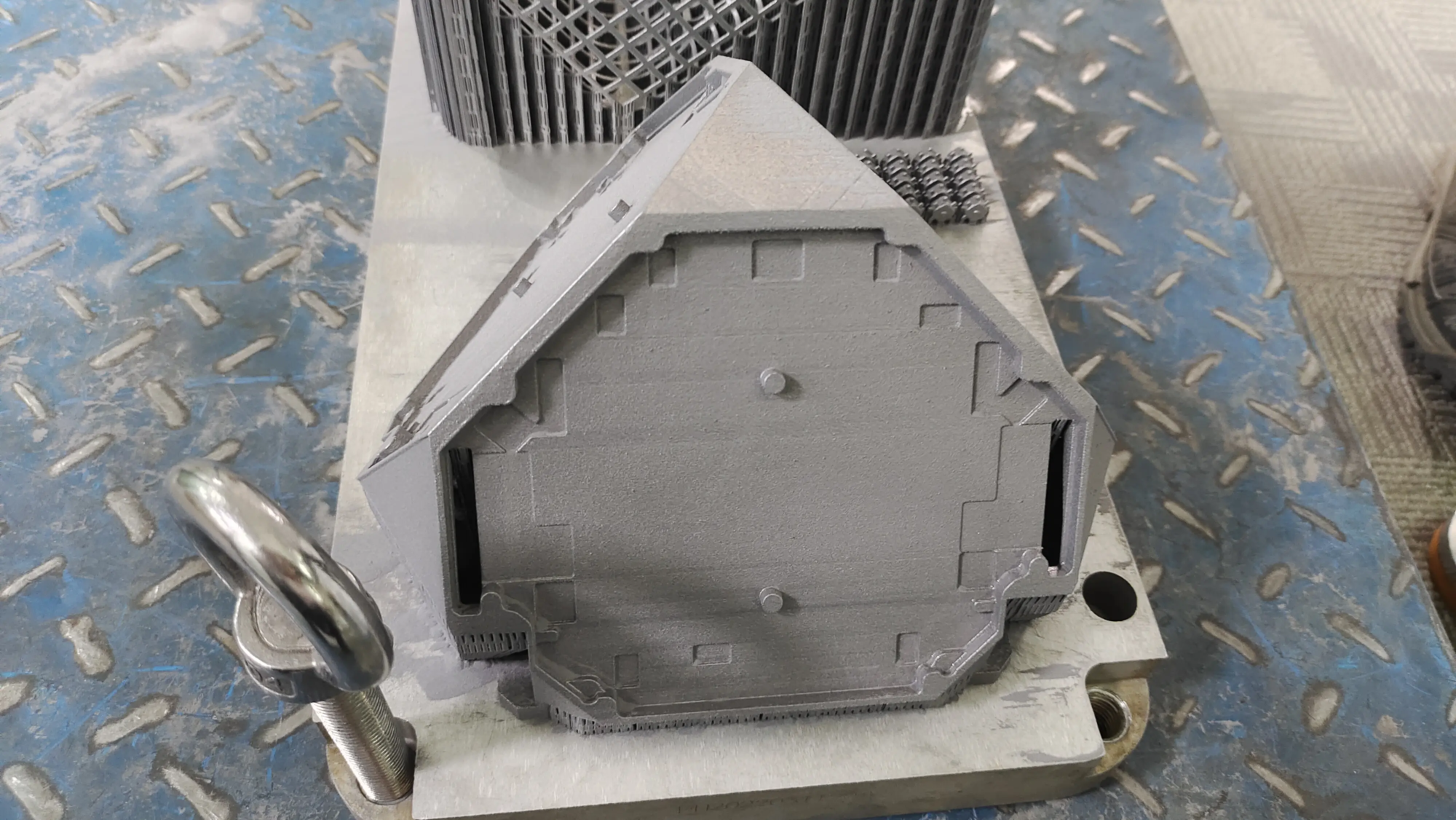Introduction: The complexity of 3D printing of human skulls
3D printing has revolutionized areas such as medicine, education, and design, especially when replicating complex anatomical structures such as human skulls. From surgical planning to avant-garde artwork, the 3D-printed skull has unparalleled precision and versatility. However, the journey from digital models to tangible replicas requires expertise in document processing, materials science, and post-processing. As a leader Metal additive manufacturingGreatlight combines cutting-edge SLM (selective laser melting) technology with end-to-end post-processing to convert skull files into functional or aesthetic masterpieces.
3D Skull Printing Process: Step-by-step Guide
1. Procure and prepare skull documents
- File collection:
Start with a high-resolution digital model. Sources include:- Medical scan (CT or MRI DICOM files are converted to STL through software such as Invesalius).
- Open source anatomical database (e.g. NIH 3D printing exchange).
- Original art design (e.g., engraved with Zbrush).
Key Tips: Make sure the model is "water proof" (No gap) Use Meshlab or Netfabb.
2. Material selection: Accuracy is important
- Medical/functional uses: Biocompatible metals ti6al4v (titanium) Used for implants or cranial plates. Greatlight’s SLM printers fuse metal powder to layer by layer for excellent strength.
- Education/display usage: Engineering plastics (e.g., nylon PA12) or resin for cost-effective lightweight models.
3. Advanced Printing: Using SLM Technology
Greatlight’s industrial SLM printers are available in:
- solve: The fine layer thickness of life-sentence sutures and holes is up to 20-50 microns.
- Structural integrity: Completely dense metal parts with minimal porosity and are crucial for carrying implants.
- Support structure: Automatically generate to prevent complex geometric shapes from twisting.
4. Post-processing: Perfect Art
This stage converts the original print into a polished product:
- Metal skull:
- Heat treatment to relieve stress.
- Shoot, CNC polish or plating to smooth the surface.
- Sterilization (for medical applications).
- Plastic/resin skull:
- Solvent smoothes, starts and dissects the painting.
Greverlight Advantage: Internal post-processing eliminates third-party delays and ensures seamless workflows.
- Solvent smoothes, starts and dissects the painting.
5. Quality verification
Final inspection passed:
- Highly accurate CMM machines to verify size loyalty.
- CT scan internal defect detection (metal parts).
Application of 3D printing of skulls
- Medical: Patient-specific implants, preoperative planning models, radiotherapy guidelines.
- educate: Interactive anatomy demonstrations for universities and museums.
- Art and Design: Props for movies/TVs, custom jewelry or contemporary sculptures.
- Getting evidence: Facial reconstruction in skeletal remains.
Why choose a professional service like Greatlight?
3D printed skulls are not plug-ins; errors in file preparation or material selection can lead to expensive failures. GRESTLIGHT Delivery:
- SLM expertise: Industrial grade metal printing with ISO certified quality.
- End-to-end solution: From document repair to sterilization.
- speed: Rapid production of functional prototypes within 3-7 days.
- custom made: Material grade (e.g., medical titanium), finish and scaling tailored to project requirements.
in conclusion
The art, science and engineering of 3D printing of skulls should be carefully paid attention to at every stage. Whether you are an educator of educating neuroanatomy for complex craniofacial reconstruction, or an artist pushing creative boundaries, leveraging professional rapid prototyping services ensures accuracy, durability, and aesthetic excellence. At Greatlight, our mission is to transform complex digital skull files into precise engineering reality with unparalleled speed and technical rigorous.
FAQ: Your 3D skull printing question has been answered
Q1: How to convert CT scans of skull into 3D printed files?
A: Use DICOM to STL software such as OSirix or 3D slicers. Ensure the threshold isolates bone density correctly. If you provide raw DICOM data, professional services like Greatlight can handle this conversion.
Question 2: Can 3D printed skulls be used for medical implants?
A: Yes. Biocompatible metals like titanium are FDA-approved implants. Greglight’s SLM process complies with ISO 13485 medical equipment standards to ensure safety and accuracy.
Question 3: How long does it take to print a life-sized skull?
A: For titanium skulls (size 15-20 cm):
- Print: ~30–50 hours.
- Full cycle (including post-processing): 4-7 days.
Plastic/resin printing is usually done within <24 hours.
Q4: What is the cost range of 3D printing of metal skulls?
A: Titanium skulls start at around $500 (educational models) to over $5,000 (implant grade with polish). Factors include size, complexity, and post-processing.
Q5: Can I print the skull with internal structures (such as sinuses)?
Answer: Absolute. SLM technology accurately reproduces complex internal cavity. During post-treatment, the support is dissolved or mechanically removed.
Q6: The durability of 3D printed plastic skulls?
A: Engineering plastics like PA12 have impact and lifespan. For permanent displays, choose UV-resistant paint.
Q7: Will Greatlight handle small batch production?
A: Yes. We support prototypes for no tool fee (1-100+ units).
Work with Greatlime: Ready to convert your skull files into tangible assets? Please contact us to quote 3D printing, machining and finishing immediately for delivery at competitive speeds and costs.





